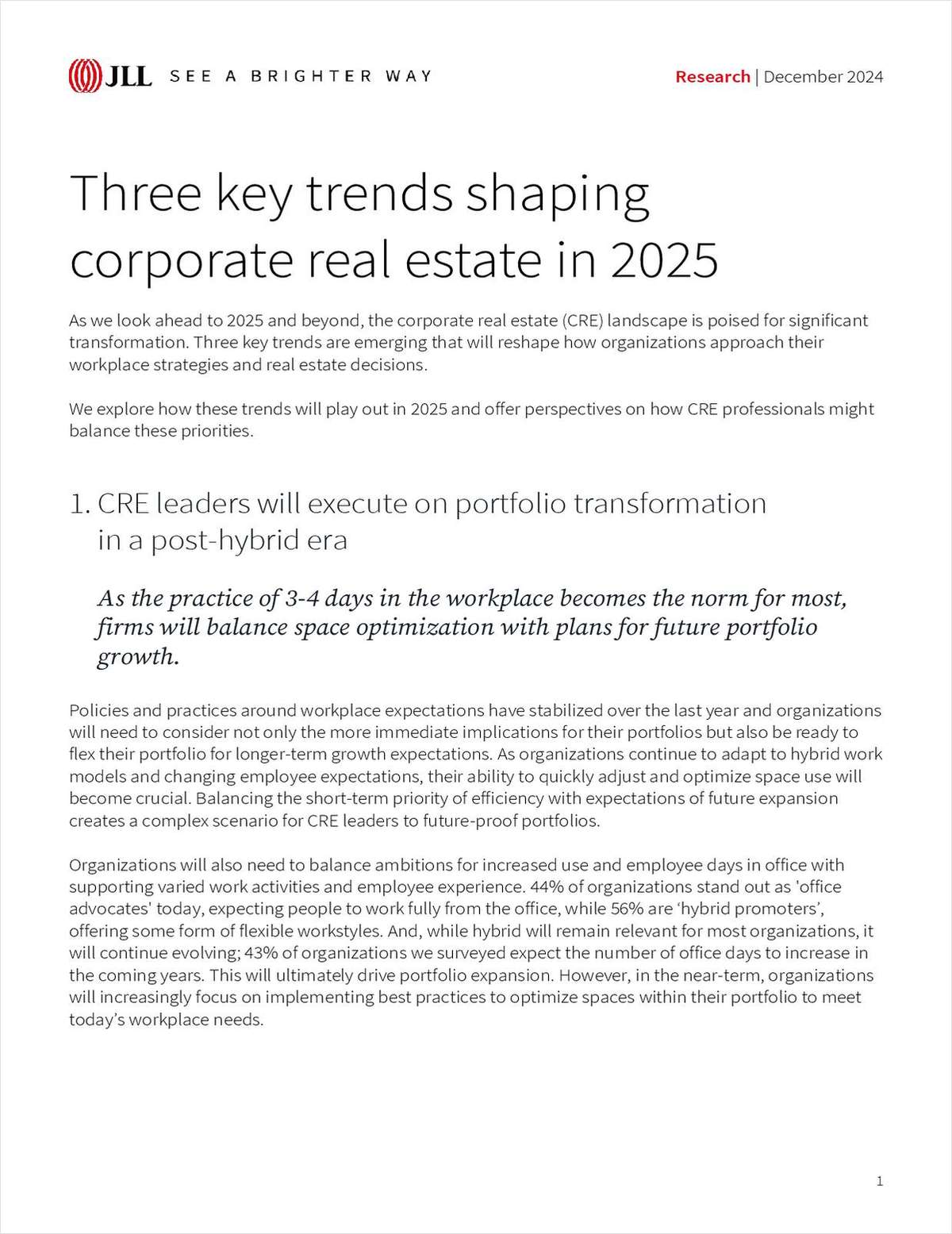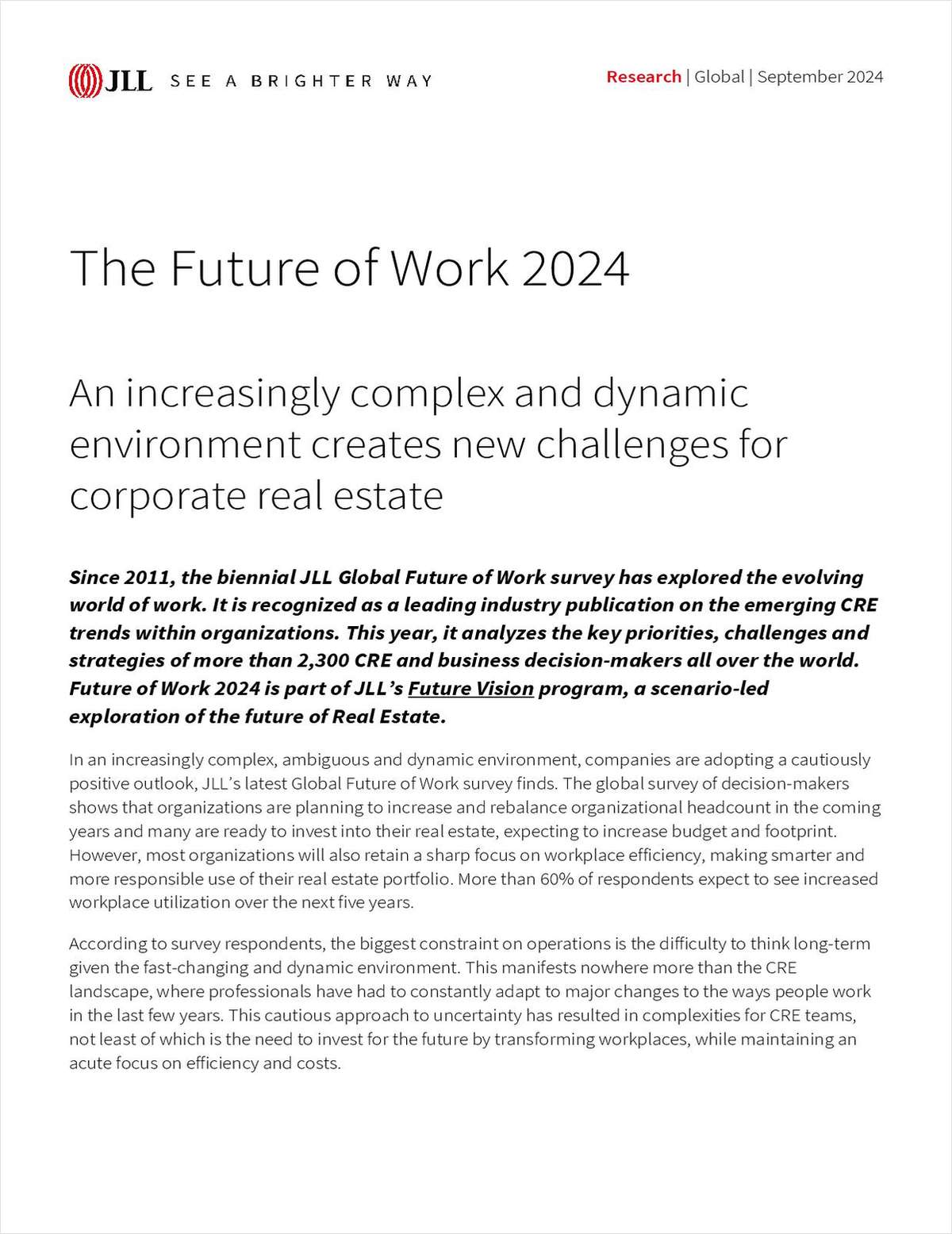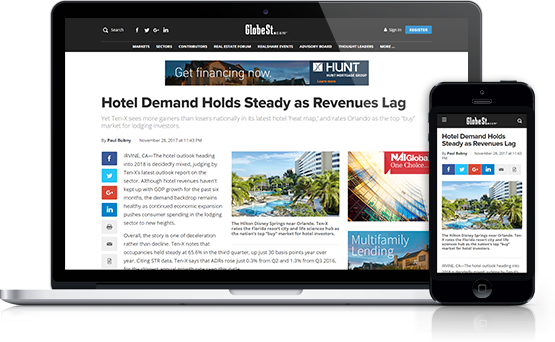Through the first quarter of 2001, the metro-Phoenix apartment market reached a 95.9% occupancy rate, its highest since late 1997, according to the latest edition of M/PF Research's Phoenix Apartment Report, which tracks the multifamily market. That occupancy rate is 2.1 points better than the one posted during the first quarter of last year. Apartment occupancy is traditionally higher during the winter, when the Valley becomes a destination for visitors.
In spite of the strong demand, new apartment development is keeping the leasing market competitive. The annual rent growth pace is just 1.5% in the metro area, one of the slowest rent growth rates seen nationwide, according to the survey.
"Rent concessions seem to come and go in Phoenix, producing one of the more volatile rent growth patterns seen across the country during the past year or so," says Greg Willett, M/PF's director of research products. "There concessions have essentially flattened rent production in most neighborhoods." Rent specials, such as two weeks free, have become commonplace in some areas.
At the start of the second quarter, the average monthly rent in the metro area was $693 overall, and averaging $859 at complexes that are less than 10 years old.
During the first quarter, 1,470 units were leased, which far outstripped the completion of 554 new units in projects throughout the Valley. During the past year, absorption has totaled 12,130 units, with a total of 7,658 units being completed and brought to market.
The Chandler/South Phoenix area was the strongest submarket for net leasing activity during the past year, with an additional 1,100 units leased during that time. Demand for 800 apartment units was seen in three areas: central Phoenix, far north Phoenix and the Sun City/north Glendale/north Peoria area.
"Substantial ongoing building activity suggests that Phoenix's apartment leasing environment should remain competitive in the near term," Willett says.
At the start of the second quarter, more than 9,800 units were under construction. The greatest concentration of new units is in the Chandler/south Phoenix area, which has more than 2,200 new units, and in the in-town and Mesa areas, which gained 1,400 new units each.
Want to continue reading?
Become a Free ALM Digital Reader.
Once you are an ALM Digital Member, you’ll receive:
- Breaking commercial real estate news and analysis, on-site and via our newsletters and custom alerts
- Educational webcasts, white papers, and ebooks from industry thought leaders
- Critical coverage of the property casualty insurance and financial advisory markets on our other ALM sites, PropertyCasualty360 and ThinkAdvisor
Already have an account? Sign In Now
*May exclude premium content© 2025 ALM Global, LLC, All Rights Reserved. Request academic re-use from www.copyright.com. All other uses, submit a request to [email protected]. For more information visit Asset & Logo Licensing.








